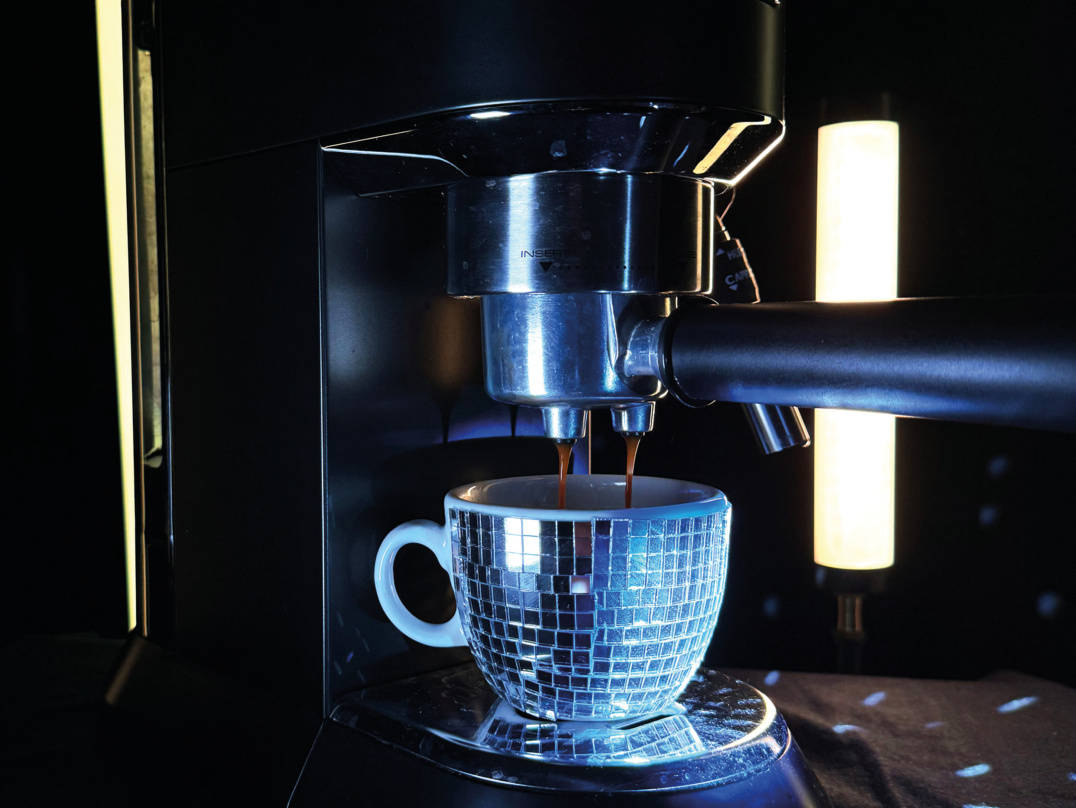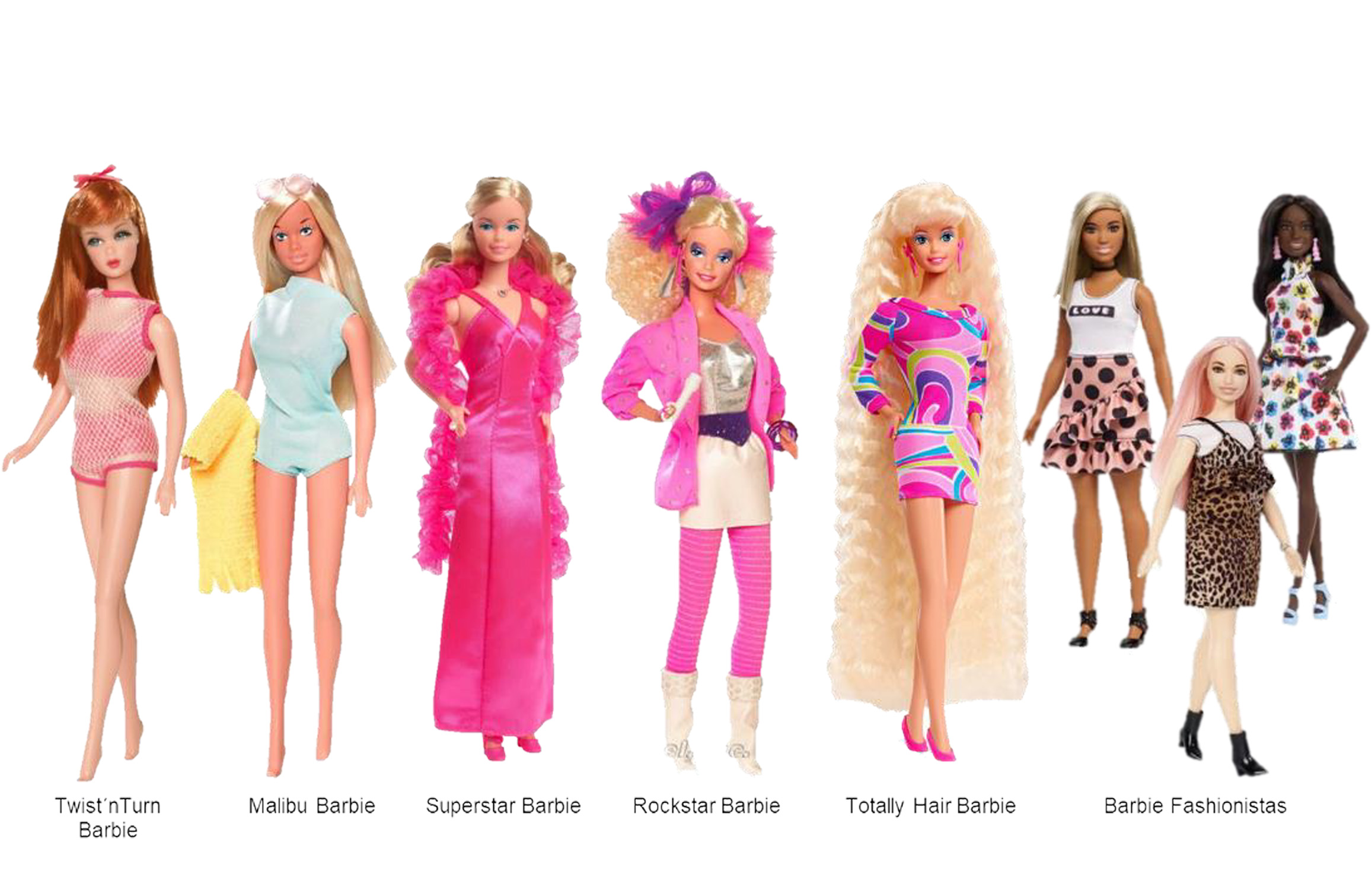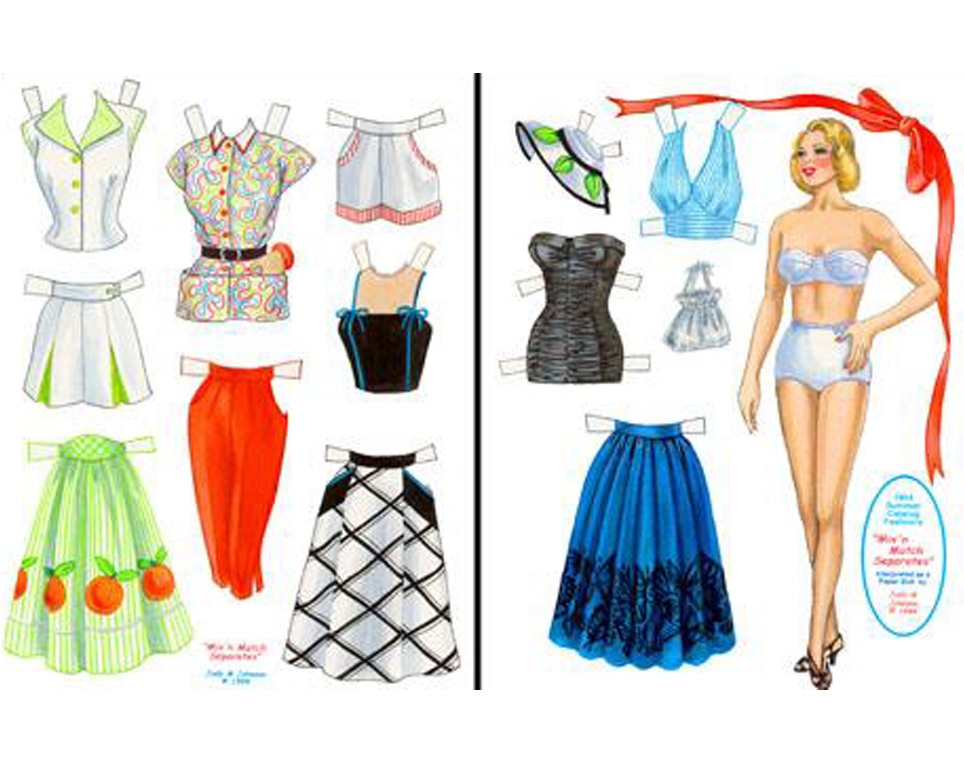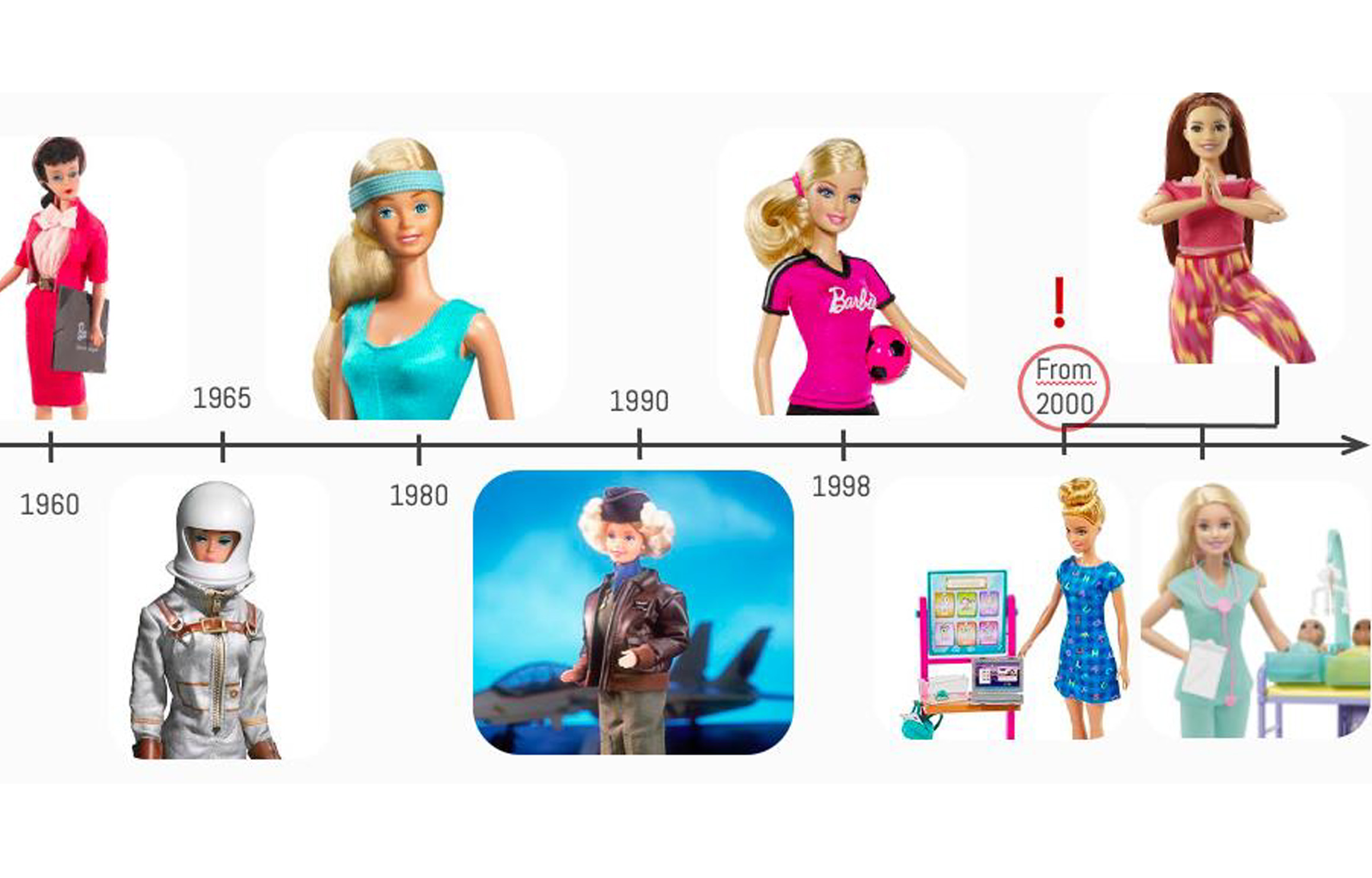
Barbie Economics: An interdisciplinary analysis of the cultural and economic significance of an icon
The seminar project “Barbie Economics” under the direction of Prof. Dr. Sao-Wen Cheng in the summer semester 2024 dealt with the economic, social and feminist significance of the Barbie doll. Students developed a book that examines from various perspectives how Barbie is not just a toy, but also a cultural and economic phenomenon that has been repeatedly adapted to social developments over the decades.
Overview
-
Program
-
Supervision
-
Subject
Current media phenomena, marketing strategies, media and brand management
Eva Wunderlich, who wrote the chapter on the historical origins of Barbie, shed light on how the doll has been designed as a fashionable and successful woman over the decades. Barbie was originally intended to offer young girls a variety of professional roles and role models.

„Barbie was made so girls could be free to imagine themselves as anything they wanted to be“
Eva Wunderlich
In recent years, Mattel has launched Barbie models with different body shapes and skin colors to reflect diversity and social change. Particular emphasis is placed on the increasing diversity in Barbie’s careers, which now includes over 200 professions, such as “astronaut, engineer, scientist and president”.


Another central aspect of the book is the economic significance of Barbie, analyzed by Kateryna Hordiienko. Since her market launch in 1959, Barbie has become one of the best-selling dolls in the world, contributing significantly to Mattel’s financial success. The students investigated the “Barbie effect”, which was further enhanced by the release of the film “Barbie” in 2023. The film not only achieved high box office results, but also triggered a wave of merchandising campaigns. “Barbie, The Movie” led to a 25% increase in sales of Barbie products in July and August 2023.
"The exact effect on the economy is yet to be seen and fully analysed, nevertheless, over the month preceding the premiere numerous business outlets such as restaurants, bars, and retailers have seized the momentum of their partnerships and used the color pink to drive up their sales."
Kateryna Hordiienko
Carla Neubauer devoted her analysis to the narrative structures of the Barbie film, while Jana Abu Halimeh took a close look at the production and marketing strategies of Warner Brothers. Antonia Gaviria examined Mattel’s history, products and marketing strategies, while Supachai Wongsakvanich focused on the company’s media collaborations.
The book also takes a critical look at the role of Barbie in the feminist debate. Marie Nonhebel points out that Barbie was initially seen by many as a symbol of an outdated ideal of beauty, but is now increasingly interpreted as a symbol of female independence.
"The population and the Barbie brand learn from each other. Female independence is becoming increasingly realistic."
Marie Nonhebel

This mutual influence between the development of the Barbie doll and the feminist movements is a central theme of the book.
In her chapter, Beatrice Munyiri draws a comparison with the competition and analyzes how other toy brands, in particular Lego, position themselves in comparison with the Barbie brand.
Finally, the seminar project concludes that Barbie is a mirror of social developments. She embodies both the changing ideals of beauty and the increasing professional diversity of women. The book emphasizes that Barbie has evolved from a mere children’s toy to a global cultural icon that reflects social, economic and feminist issues.









